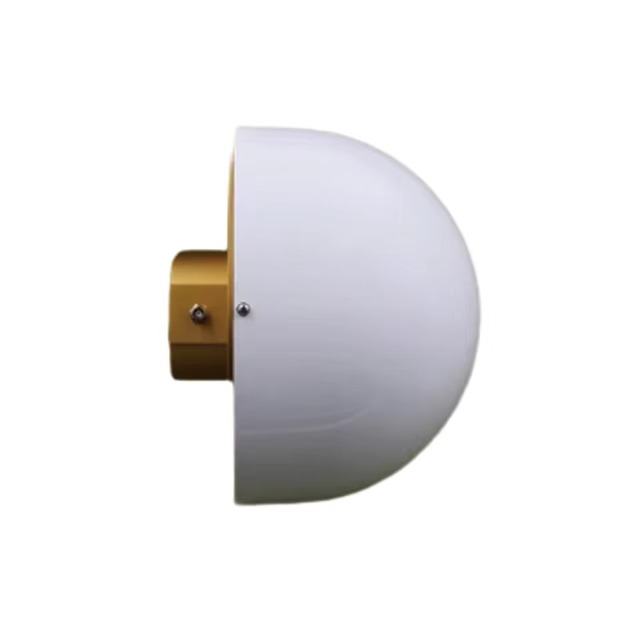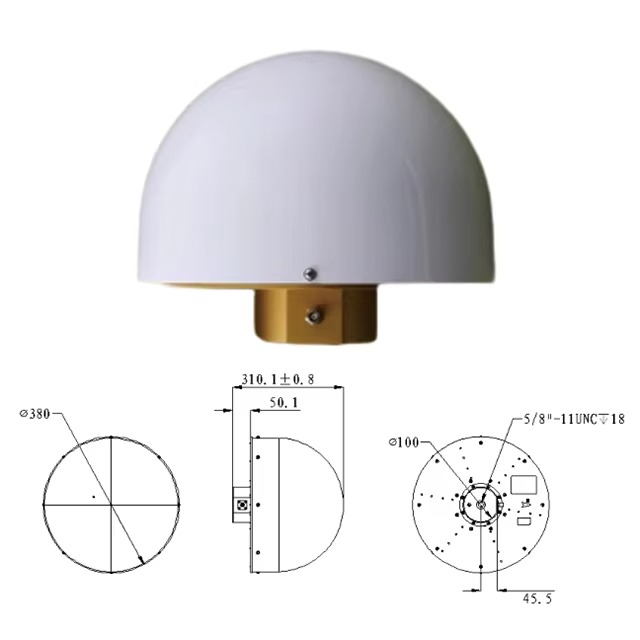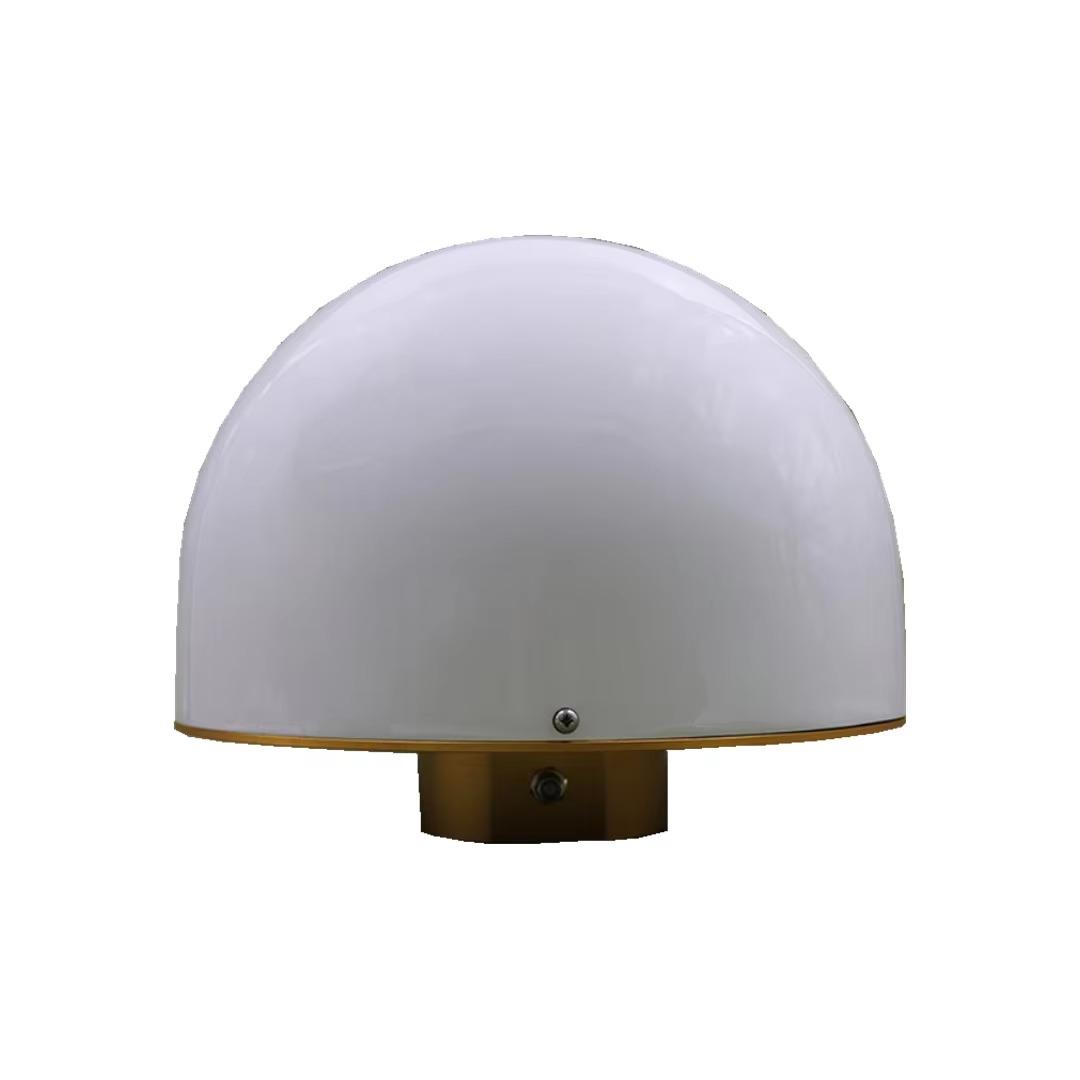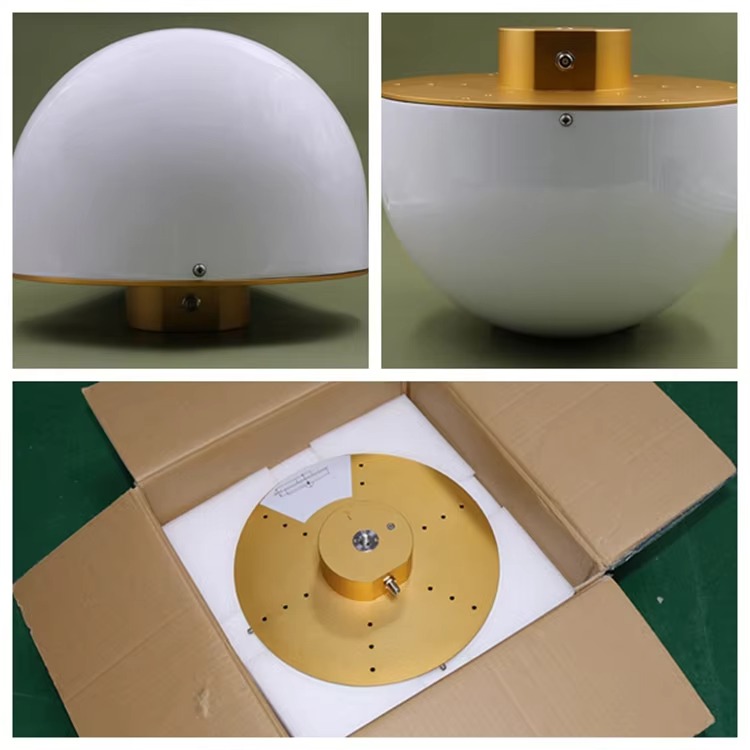The application of the choke ring antenna is defined by its unique performance characteristics: it is deployed wherever data integrity is non-negotiable and environmental challenges are significant. Its role is typically that of a fixed reference point, providing the stable foundation upon which mobile RTK systems operate.
Core Applications:
CORS Networks (Continuously Operating Reference Stations): This is the quintessential application. National, regional, and commercial CORS networks form the backbone of modern positioning infrastructure. Each station in the network is a permanent installation, often on a concrete pillar deeply grounded for stability. These stations operate 24/7, collecting data used for a multitude of purposes:
Geodesy and Earth Sciences: Monitoring tectonic plate movement, crustal deformation, post-glacial rebound, and sea level rise. This requires millimeter-level stability over decades, making choke ring antennas mandatory.
National Spatial Reference Systems: Defining and maintaining the official coordinate system for a country.
Real-Time GNSS Correction Services: Broadcasting RTK and PPP corrections to thousands of users via the internet (NTRIP). The integrity of this service is entirely dependent on the quality of the reference station data.
Meteorology: Estimating atmospheric water vapor content for weather forecasting.
High-Precision Base Stations: For major engineering and construction projects (e.g., building a bridge, tunneling, constructing a dam), project teams will often establish their own permanent base station for the duration of the project. Using a choke ring antenna ensures that the entire project is built on a stable, accurate, and reliable control point, minimizing the risk of costly errors.
Scientific Research and Monitoring: Any scientific application that requires long-term, unattended, and ultra-precise positioning uses choke ring antennas. This includes:
Volcano Deformation Monitoring: Measuring the inflation and deflation of volcanoes to predict eruptions.
Landslide and Glacier Monitoring: Tracking the slow movement of unstable slopes and glaciers.
Structural Health Monitoring: Measuring deflection and movement on large-scale structures like large dams, long-span bridges, and skyscrapers.
Aerial and Marine Mapping: While the rovers (on the aircraft or vessel) may use smaller antennas, the base station supporting these missions is almost always equipped with a choke ring. For aerial LiDAR and photogrammetry, the precise position of the aircraft is critical, and it is calculated relative to the base station. Any error at the base propagates directly into the final map.
Future Trends:
The future of the choke ring antenna is not one of obsolescence but of evolution and specialization, alongside the development of competing technologies.
Integration with Multi-Constellation and Multi-Frequency Signals: As GNSS constellations continue to modernize and add new signals (e.g., L5, E6, B2a), choke ring designs will continue to evolve to provide optimal performance across this wider bandwidth. This involves more complex ring designs and advanced dielectric materials.
The Rise of "Compact" or "Integrated" Choke Rings: There is a strong market drive to miniaturize the technology. Manufacturers are developing smaller, lighter choke ring designs that incorporate the principles of a traditional choke ring into a more portable form factor. These may use different materials or more advanced electromagnetic modeling to achieve good multipath rejection without the traditional bulk, making them more suitable for semi-permanent base stations.
Competition from Advanced Patch Antennas: The performance gap is narrowing. High-end geodetic patch antennas, often using tightly spaced pin-shaped ground planes or other techniques, are achieving multipath rejection performance that begins to approach that of smaller choke rings. They offer a compelling trade-off: very good performance in a much smaller and cheaper package. For many applications, these advanced patches are "good enough."
The PPP-RTK and State-Space Representation (SSR) Factor: The rise of precise correction services like PPP-RTK, which use a state-space representation of errors (atmospheric models, satellite orbit and clock errors), may change the requirements. These networks rely on sophisticated processing of data from many CORS stations. The demand for the absolute best data from each individual station may actually increase, reinforcing the need for choke rings at these core reference sites to minimize unmodeled errors like multipath.
Niche Rover Applications: In specific rover applications where the platform is large and stable enough to accommodate the antenna and the environment is extremely challenging (e.g., urban canyon deformation monitoring, precision docking of large vessels), we may see the use of choke rings on the rover itself to maximize data availability and quality.
In summary, the choke ring antenna will remain the king of the reference station for the foreseeable future. Its application will continue to be focused on the most demanding tasks where its advantages are worth the associated costs and inconveniences. The trend is towards more integrated and compact designs, but the fundamental electromagnetic principles that make it so effective will ensure its place in the high-precision GNSS ecosystem for years to come.
Conclusion
The RTK choke ring antenna is a masterpiece of electromagnetic and mechanical engineering, a testament to the principle that in the pursuit of ultimate precision, every component in the signal chain must be optimized. It is not a mere accessory but a foundational element of high-integrity positioning. While the GNSS receiver module performs the complex digital wizardry of calculating position, the choke ring antenna performs the equally critical, analog role of gatekeeper, ensuring that only the purest signals are allowed entry.
Its design, though bulky and expensive, is perfectly tailored to its function. The concentric rings are not a decorative feature but a highly effective spatial filter, engineered to create a radiation pattern that welcomes signals from the sky and ruthlessly rejects those from the horizon. This capability to mitigate multipath error at the point of reception is its defining and most valuable characteristic, providing a level of signal integrity that cannot be replicated by post-processing software alone.
The applications of the choke ring antenna are consequently those where data quality is paramount and cost is a secondary concern. It is the undisputed choice for national geodetic networks, scientific research monitoring tectonic shifts, and critical engineering projects where millimeter-level accuracy over long time periods is required. It serves as the unwavering reference point, the stable foundation upon which the entire edifice of real-time kinematic positioning is built.
However, its limitations in size, weight, and cost naturally confine it to a specific niche. The future will see the technology evolve, with trends pointing towards more compact and integrated designs that sacrifice some performance for practicality. Furthermore, the continuous improvement of advanced patch antennas will provide "good enough" performance for an ever-wider range of commercial applications, challenging the choke ring's dominance in all but the most demanding scenarios.
Nevertheless, the choke ring antenna remains a benchmark. It represents the gold standard against which all other GNSS antennas are measured. Its continued use in the world's most critical reference stations underscores a simple truth: when the cost of error is unacceptably high, when the environment is challenging, and when the data must be pristine, there is no substitute for the robust, reliable, and unparalleled performance of the choke ring antenna. It is a classic technology that, through its relentless focus on a single problem, has secured a permanent and vital role in the high-precision landscape.




































































 Language
Language
 En
En Cn
Cn Korean
Korean

 Home >
Home > 








 18665803017 (Macro)
18665803017 (Macro)













